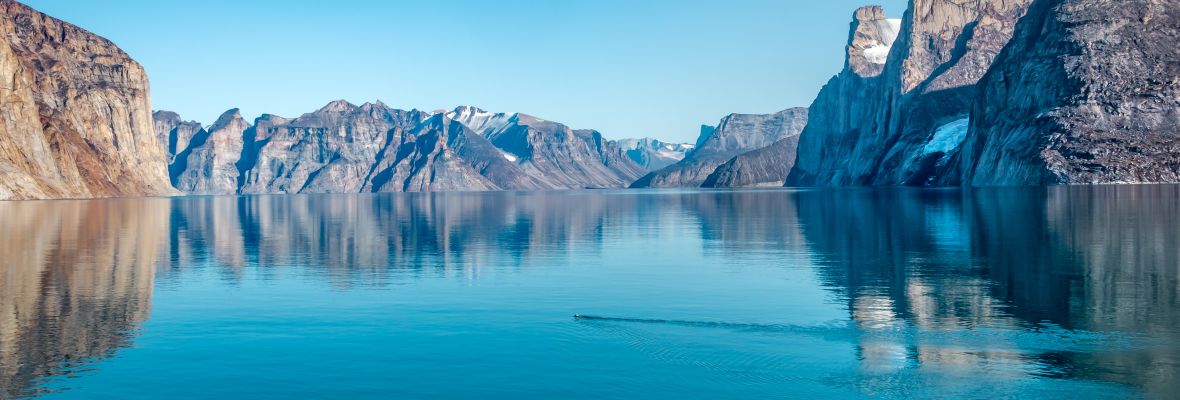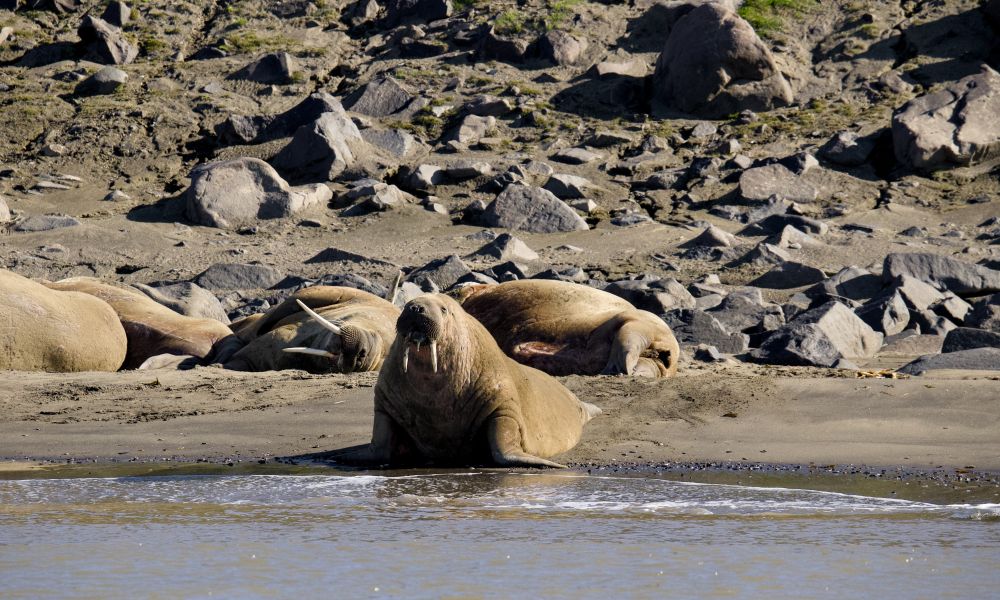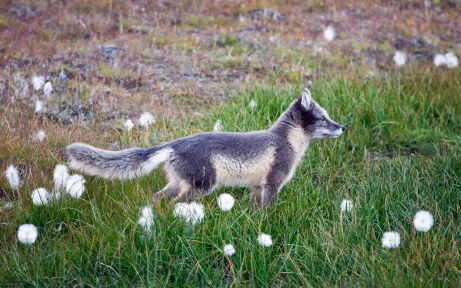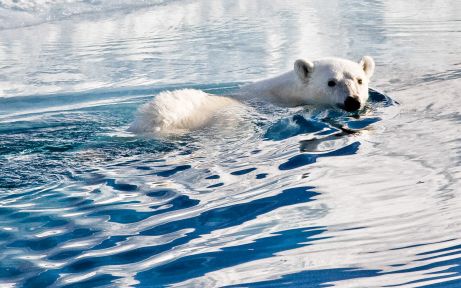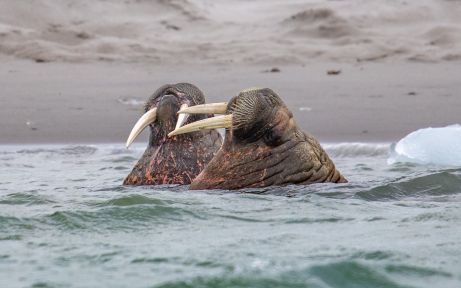Exciting changes are on the way!
As part of our merger with Polar Latitudes, we’re refreshing key elements of our website to reflect this new chapter. Discover more in our latest news update.
Arctic Canada is a land of breathtaking landscapes and remarkable wildlife. This remote region, with its expansive tundra, icy waters, and towering glaciers, is home to some of the most resilient species on Earth.
In a place where temperatures can drop well below freezing, the animals here have adapted in incredible ways. Whether you're hoping to catch a glimpse of the elusive Arctic fox or watch a pod of narwhals surface through the icy waters, Arctic Canada offers a window into a world where nature reigns in its purest form.
Facts about Nature and Wildlife in Arctic Canada
- Arctic
- Canada



